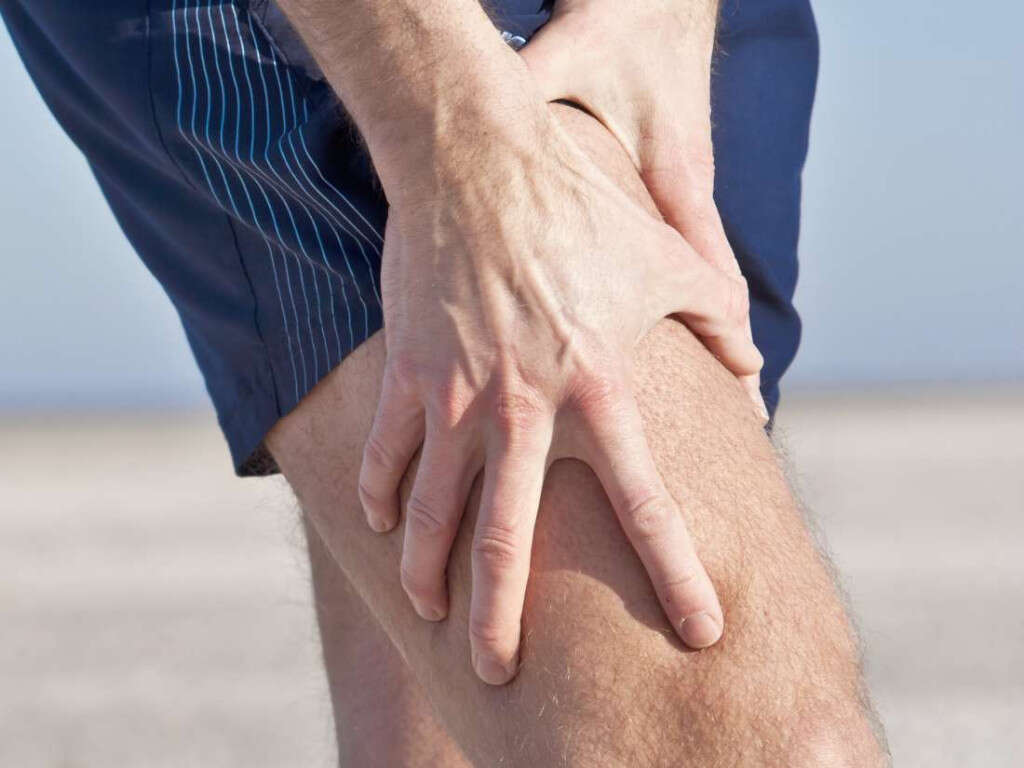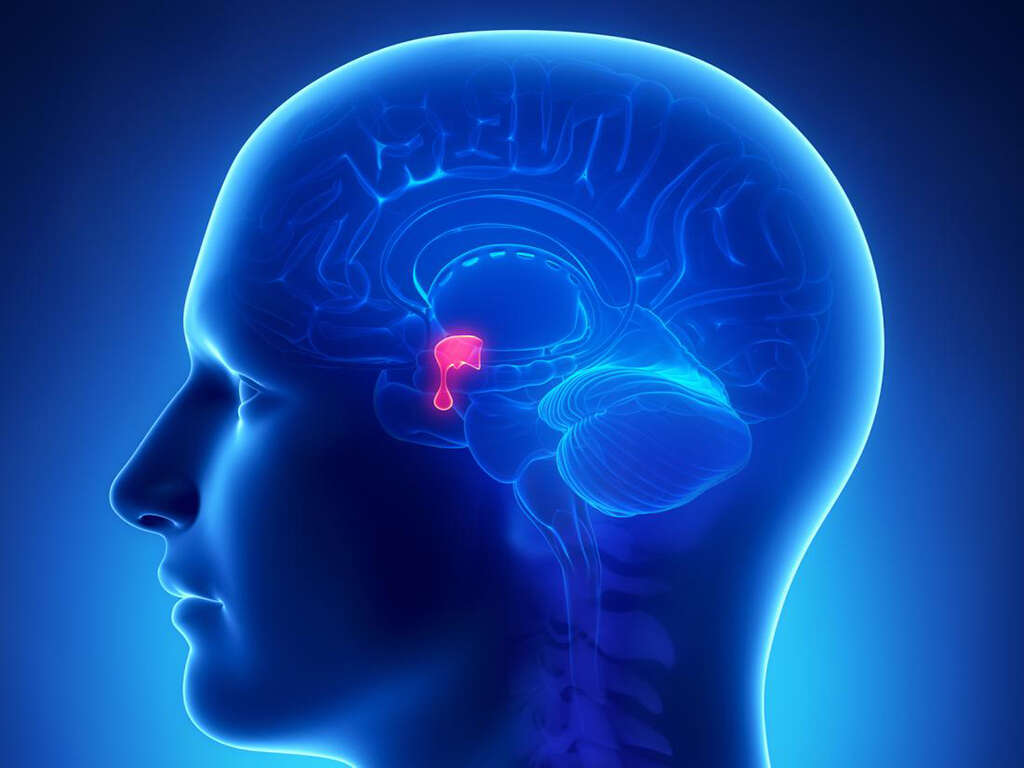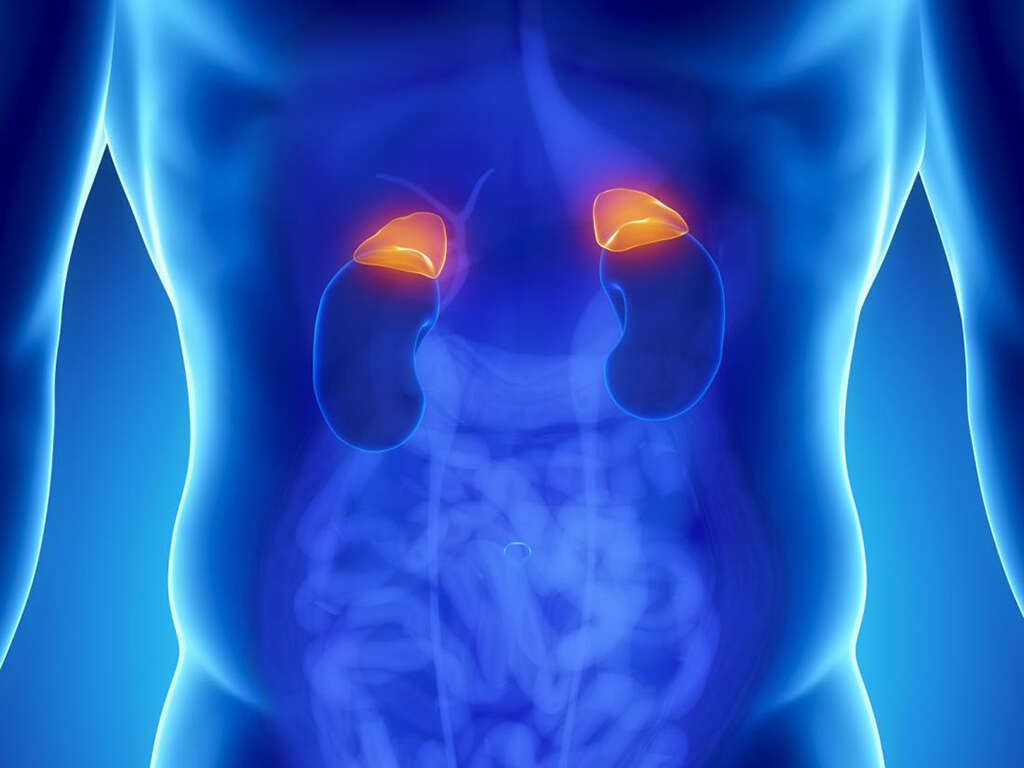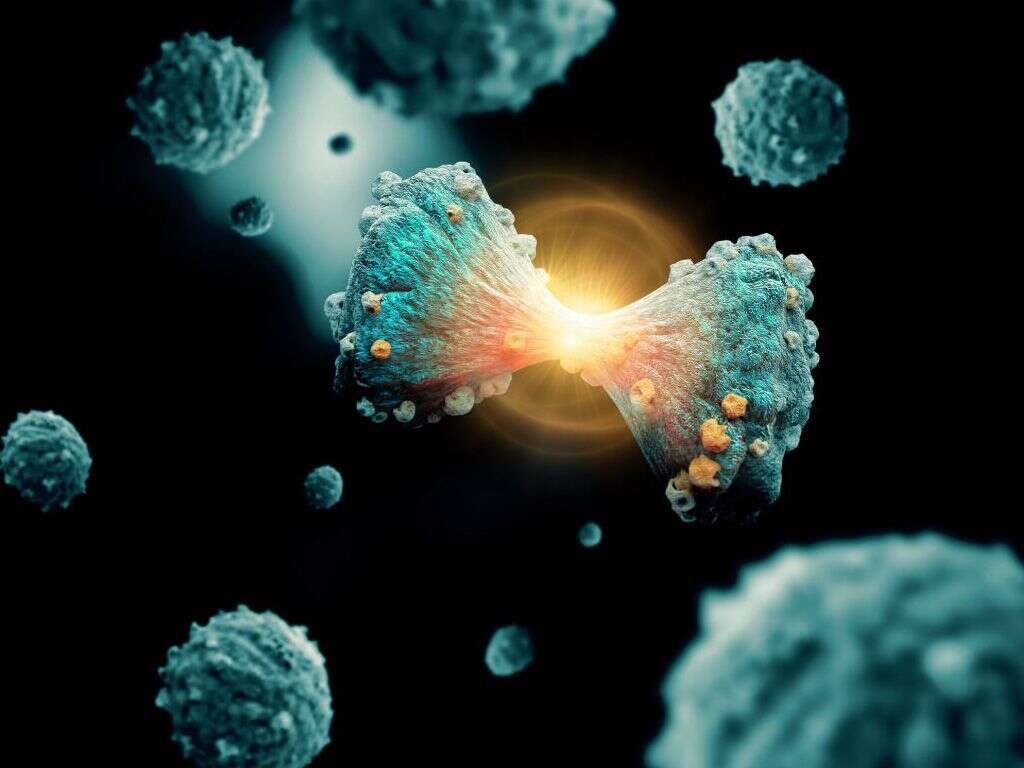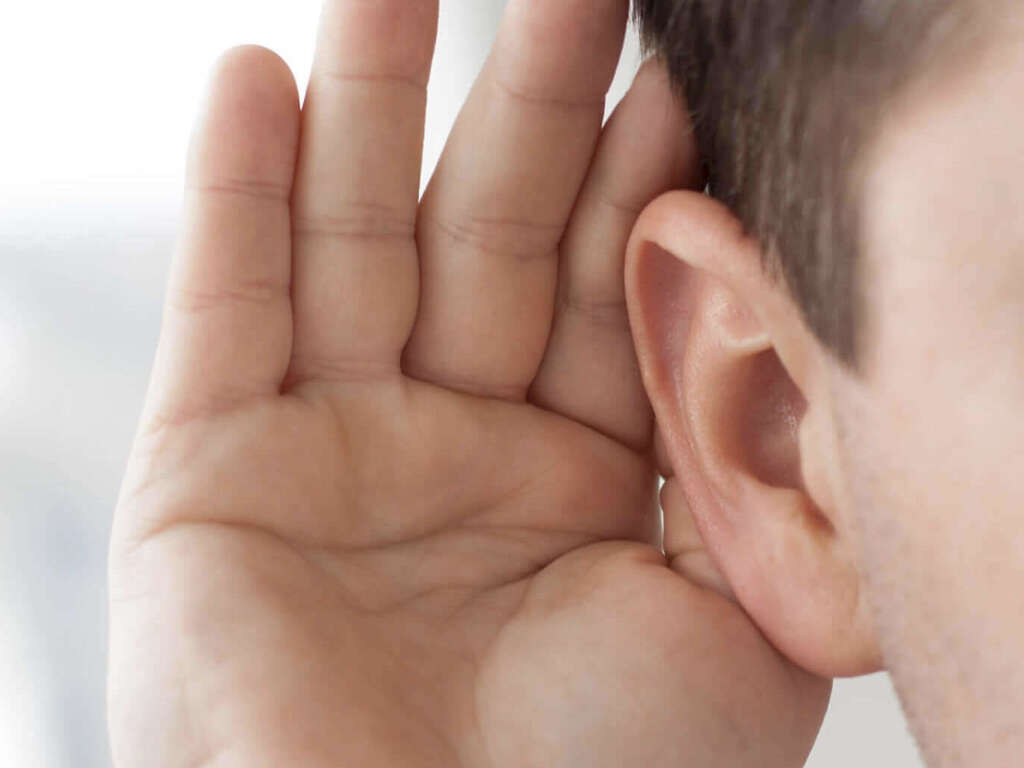10 Papilloma Symptoms
 Article Sources
Article Sources
- 1. Sabry, Ahmed O. ‘Papilloma.’ StatPearls /[Internet/]., U.S. National Library of Medicine, 25 Feb. 2021, www.ncbi.nlm.nih.gov/books/NBK560737/
- 2. ’Human Papilloma Virus (HPV): Causes, Testing, Treatment & Prevention.’ Cleveland Clinic, my.clevelandclinic.org/health/diseases/11901-hpv-human-papilloma-virus
- 3. ’Recurrent Respiratory Papillomatosis or Laryngeal Papillomatosis.’ National Institute of Deafness and Other Communication Disorders, U.S. Department of Health and Human Services, www.nidcd.nih.gov/health/recurrent-respiratory-papillomatosis
- 4. ’Choroid Plexus Tumors Diagnosis and Treatment.’ National Cancer Institute, www.cancer.gov/rare-brain-spine-tumor/tumors/choroid-plexus-tumors
Papilloma, the medical term for a tumor that grows outward, typically resembles a fingerlike projection. Papillomas may form on various parts of the body, including the skin, nose, genitals, eyes, respiratory tract and female breast ducts. Human papillomavirus causes most types of papillomas. Other causes of these lesions include ultraviolet light or tissue injury. Although these tumors are generally benign, they may be precancerous or cancerous.
Depending on the cause of the tumor and location in the body, certain symptoms may arise. If a person notices an abnormal growth, whether it's painful or not, they should seek medical care.1Sabry, Ahmed O. ‘Papilloma.’ StatPearls /[Internet/]., U.S. National Library of Medicine, 25 Feb. 2021, www.ncbi.nlm.nih.gov/books/NBK560737/

1. Tumors
Benign papillomas look like tumors with cauliflower-like projections. The projections may be either long and pointy or short and rounded. The average size of each tumor is between 1 and 5 centimeters. They typically begin as small, rough bumps arising from the skin, which may or may not be painful. These tumors may appear white or the same color as the skin. Permanent scarring and skin discoloration are possible complications of leaving this symptom unchecked.
Doctors may remove these tumors by excision. Papillomas are also sometimes managed with cryotherapy, laser surgery or application of topical medications.1Sabry, Ahmed O. ‘Papilloma.’ StatPearls /[Internet/]., U.S. National Library of Medicine, 25 Feb. 2021, www.ncbi.nlm.nih.gov/books/NBK560737/

2. Warts
When papillomas form on the skin, they typically take the form of common warts. Seed warts are sometimes formed on the hands and knees. The black dots in seed warts aren't actually seeds. Instead, they're thrombosed capillaries.
Warts are generally contagious upon direct contact. This symptom may be managed with topical medications or removed by cutting away or cauterizing the wart. Certain procedures, such as cryotherapy or laser surgery, may also resolve this symptom.1Sabry, Ahmed O. ‘Papilloma.’ StatPearls /[Internet/]., U.S. National Library of Medicine, 25 Feb. 2021, www.ncbi.nlm.nih.gov/books/NBK560737/

3. Clusters of Bumps
Another symptom of skin papillomas is the formation of clusters of bumps on the skin. They may appear as raised or flat warts and may be either smooth or rough. The skin may also take on a unique pigmentation, called seborrheic keratosis, which looks like chocolate stuck on the skin. The bumps may be either painless or painful.
When bumps or warts appear in clusters, it may be a sign of a weakened immune system. People experiencing this symptom should seek medical advice.

4. Genital Warts
When a papilloma occurs on the genitals, it's called a genital HPV infection. This type of papilloma is widespread and typically has no associated symptoms. The asymptomatic nature of genital HPV means many people are affected with HPV without realizing it. When symptoms do appear, they're in the form of warts on the genitals or anus.
People with genital warts have a higher risk of contracting other sexually transmitted diseases, such as herpes, chlamydia and gonorrhea.2’Human Papilloma Virus (HPV): Causes, Testing, Treatment & Prevention.’ Cleveland Clinic, my.clevelandclinic.org/health/diseases/11901-hpv-human-papilloma-virus

5. Breast Lumps
Intraductal papillomas may occur in some females. Breast lumps are a common symptom of this type of papilloma. Breast pain and breast swelling are also typically associated with this condition. Some women experience watery or bloody nipple discharge alongside these symptoms.
The cause of breast duct papillomas isn't fully understood. Surgical removal is the primary resolution for intraductal papilloma. Because these symptoms are also associated with other diseases, it's vital to seek medical advice if they arise.1Sabry, Ahmed O. ‘Papilloma.’ StatPearls /[Internet/]., U.S. National Library of Medicine, 25 Feb. 2021, www.ncbi.nlm.nih.gov/books/NBK560737/

6. Nosebleeds
Nosebleeds are a common symptom of nasal papilloma, which occurs when tumors form in the nasal passages and cavities. The condition is commonly caused by local irritation and trauma to the mucosa. Other symptoms of nasal papilloma include nasal congestion, postnasal drip and sinus infections. These types of papillomas may also cause sinusitis and the loss of smell.
Although generally noncancerous, these tumors may undergo a malignant transformation and cause cancer.1Sabry, Ahmed O. ‘Papilloma.’ StatPearls /[Internet/]., U.S. National Library of Medicine, 25 Feb. 2021, www.ncbi.nlm.nih.gov/books/NBK560737/

7. Hoarseness
Recurrent respiratory papillomatosis, or RRP, occurs when benign tumors form in the respiratory tract, such as the throat, voice box or lungs. Hoarseness is the symptom most commonly associated with this type of papilloma. This symptom may develop when the tumors interfere with the normal vibrations of the vocal folds.
RRP is typically more severe in children than adults. In infants and young children, the condition sometimes presents itself as a weak cry.

8. Difficulty Breathing
Difficulty breathing is also commonly associated with RRP. The symptom may present itself as shortness of breath, snoring or noisy breathing. It may cause a chronic cough or difficulty swallowing. Some forms of RRP may produce tumors that grow quickly in the respiratory tract. In rare cases, this may lead to complete respiratory obstruction.
Severe respiratory difficulties, including labored breathing or a high-pitched whistle while inhaling, may have serious complications. If a person is experiencing this symptom, they should see a doctor immediately.3’Recurrent Respiratory Papillomatosis or Laryngeal Papillomatosis.’ National Institute of Deafness and Other Communication Disorders, U.S. Department of Health and Human Services, www.nidcd.nih.gov/health/recurrent-respiratory-papillomatosis

9. Headaches
Severe headaches may be a symptom of choroid plexus, or brain, papilloma. These papillomas may affect cerebrospinal fluid production or block its flow, which may lead to increased pressure and fluid in the brain, causing headaches.
The mechanism responsible for choroid plexus papillomas is unknown. These tumors may cause severe and life-threatening complications, such as brain herniation and death, so it's vital to seek medical attention if severe headaches occur commonly.4’Choroid Plexus Tumors Diagnosis and Treatment.’ National Cancer Institute, www.cancer.gov/rare-brain-spine-tumor/tumors/choroid-plexus-tumors

10. Lethargy
Lethargy is another common symptom experienced by people with choroid plexus papilloma. These tumors may cause people to be less alert or unresponsive. Some people experience a change in mental status, such as disorientation or confusion. People with this condition may also notice a strong desire to sleep.
Serious and life-threatening complications may arise from this type of papilloma, so medical advice should be sought immediately if a person is experiencing these symptoms.4’Choroid Plexus Tumors Diagnosis and Treatment.’ National Cancer Institute, www.cancer.gov/rare-brain-spine-tumor/tumors/choroid-plexus-tumors




